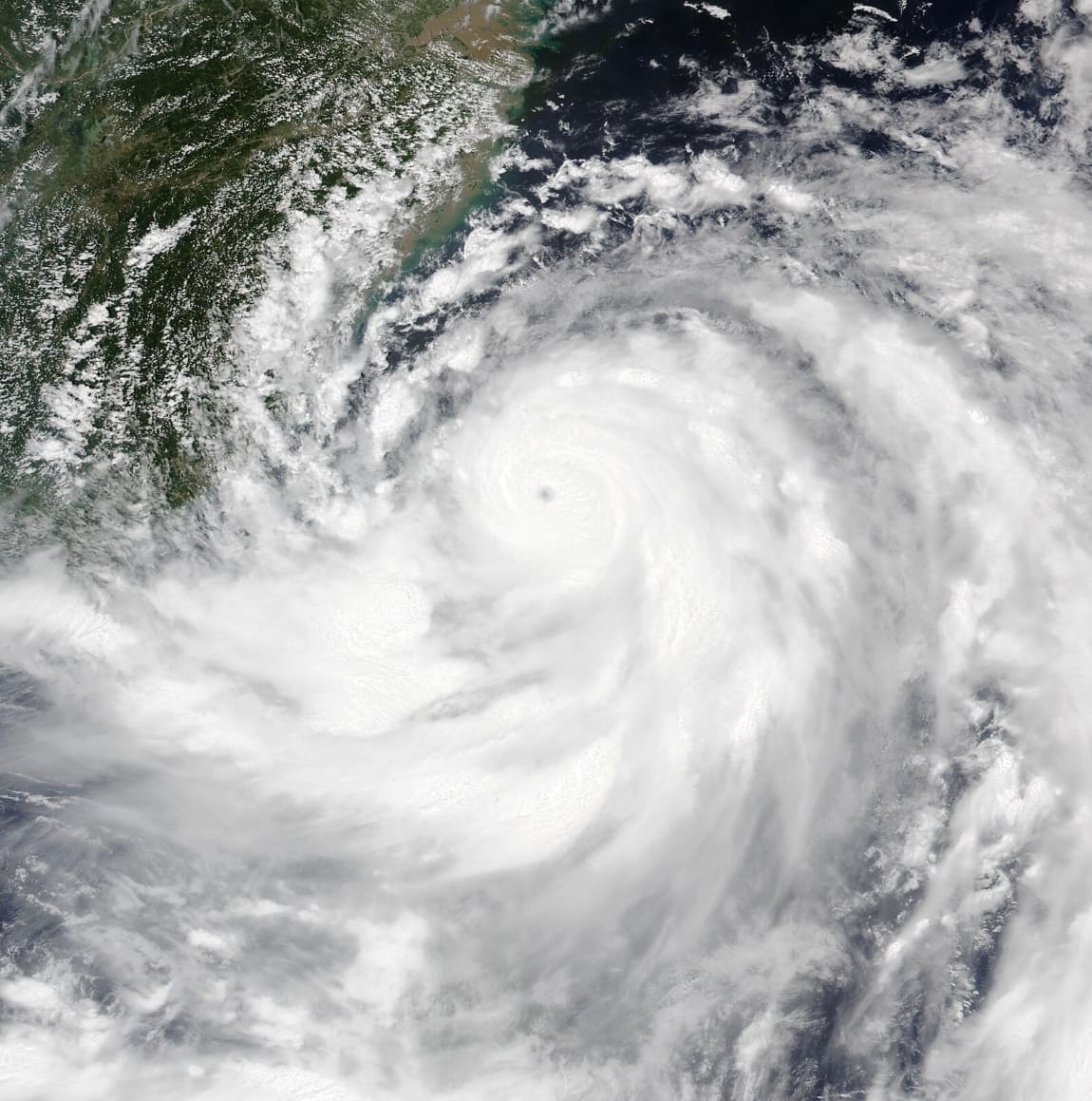By Isabel Kua and Oliver Hotham | AFP
Beijing, China – Authorities evacuated nearly 300,000 people and suspended public transport across eastern China on Friday, as Typhoon Gaemi brought torrential rains already responsible for five deaths in nearby Taiwan.
Gaemi was the strongest typhoon to hit Taiwan in eight years when it made landfall on Thursday, flooding parts of the island’s second-biggest city.
Typhoon Gaemi exacerbated seasonal rains in the Philippines on its path to Taiwan, triggering flooding and landslides that killed 30 people, according to police figures on Friday.
A tanker carrying 1.4 million litres of oil sank off Manila on Thursday, with authorities racing to offload the cargo and avoid an environmental catastrophe.
It had weakened by the time it made landfall in China’s eastern Fujian province shortly before 8:00 pm local time (1200 GMT) on Thursday, state media said.
China is enduring a summer of extreme weather, with heavy rains across the east and south coming as much of the north has sweltered under successive heatwaves.
The country is by far the world’s largest emitter of the greenhouse gases scientists say are driving climate change and making extreme weather more frequent and intense.
– Heavy rains –
Chinese authorities warned Typhoon Gaemi was bringing with it torrential rains that could cause flooding.
They have relocated more than 290,000 people in Fujian and shut down public transport, offices, schools and markets in some cities.
In neighbouring Zhejiang province, footage aired by state broadcaster CCTV Friday showed streets turned into rivers, trees strewn over roads and bikes struggling through knee-high waters.
The province’s Wenzhou city — home to nine million people — has issued its highest warning for rainstorms and evacuated nearly 7,000 people, CCTV said.
The typhoon will also bring heavy rainfall to central Jiangxi and Henan, state media said.
Guangdong, China’s most populous province, on Friday suspended some passenger train services ahead of the typhoon’s expected arrival, CCTV said.
Citing the official China Weather Network, the broadcaster said the typhoon was moving northwestward at about 20 kilometres per hour.
It will “gradually weaken” as it makes its way to Jiangxi on Friday late afternoon, it said.
No deaths or injuries have yet been reported in mainland China.
The north of the country has this week also been hit by showers, with state media saying Friday that heavy rains had killed one and left three missing in the northwestern province of Gansu.
At a meeting of the country’s top leadership chaired by President Xi Jinping on Thursday, officials urged local authorities to stay “highly vigilant and proactive” as the country entered peak flooding season.
isk-oho/tym
© Agence France-Presse
Featured image credit: VIIRS imagery from the NOAA-20 Satellite, Public domain, via Wikimedia Commons




